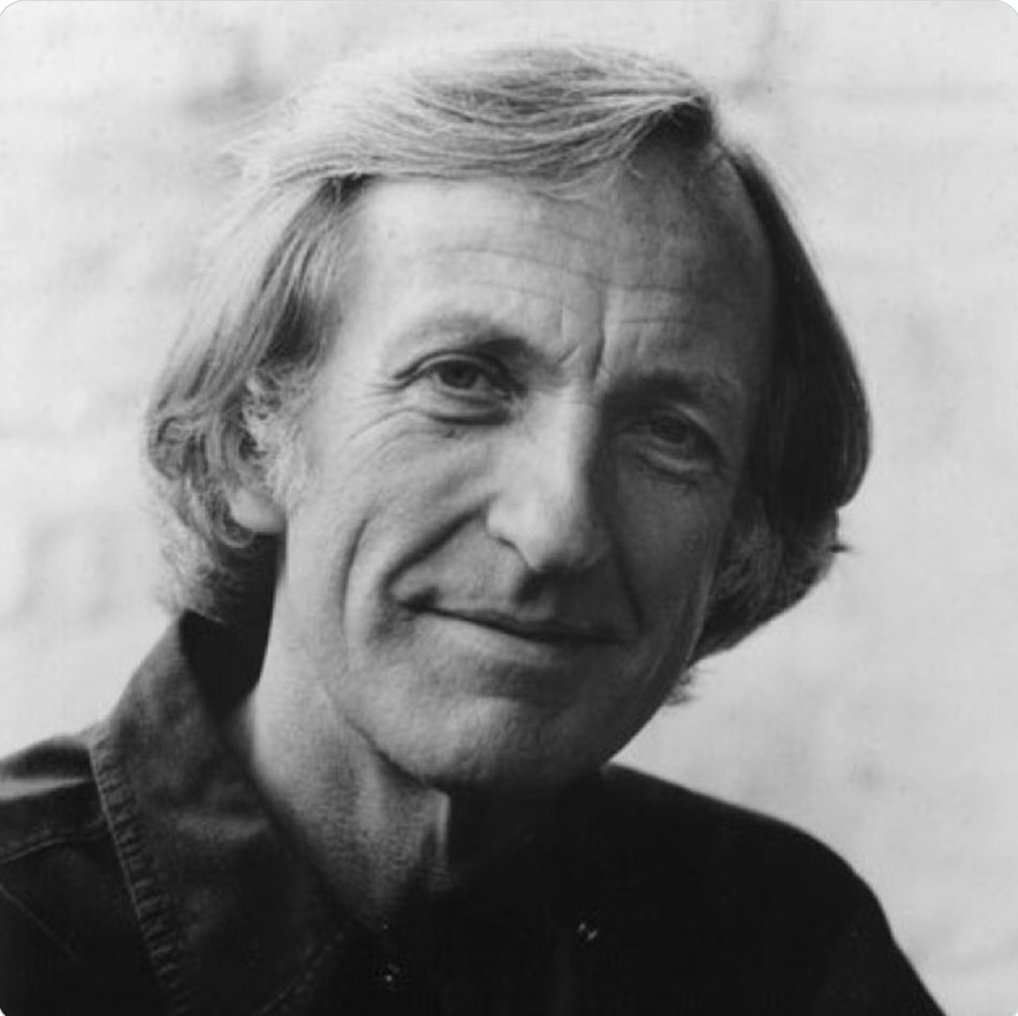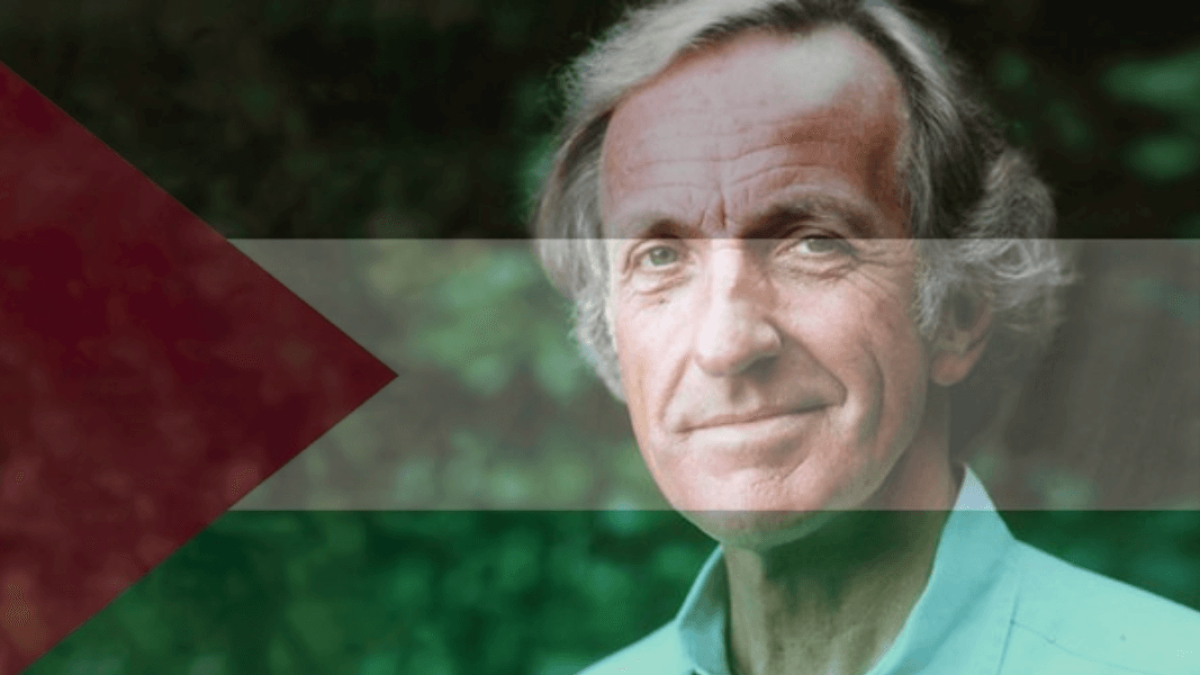In a cover piece for the New Statesman, John Pilger describes how the US and Israel have finally resolved the problem of the Palestinians, who voted for the “wrong” government. They are to starve them while missiles are fired at their homes and picnickers on a beach.
Arthur Miller wrote, “Few of us can easily surrender our belief that society must somehow make sense. The thought that the state has lost its mind and is punishing so many innocent people is intolerable. And so the evidence has to be internally denied.”
Miller’s truth was a glimpsed reality on television on 9 June when Israeli warships fired on families picnicking on a Gaza beach, killing seven people, including three children and three generations. What that represents is a final solution, agreed by the United States and Israel, to the problem of the Palestinians. While the Israelis fire missiles at Palestinian picnickers and homes in Gaza and the West Bank, the two governments are to starve them. The victims will be mostly children.
This was approved on 23 May by the US House of Representatives, which voted 361-37 to cut off aid to non-government organisations that run a lifeline to occupied Palestine. Israel is withholding Palestinian revenues and tax receipts amounting to $60m a month. Such collective punishment, identified as a crime against humanity in the Geneva Conventions, evokes the Nazis’ strangulation of the Warsaw ghetto and the American economic siege of Iraq in the 1990s. If the perpetrators have lost their minds, as Miller suggested, they appear to understand their barbarism and display their cynicism. “The idea is to put the Palestinians on a diet,” joked Dov Weisglass, an adviser to the Israeli prime minister, Ehud Olmert.
This is the price Palestinians must pay for their democratic elections in January. The majority voted for the “wrong” party, Hamas, which the US and Israel, with their inimitable penchant for pot-calling-the-kettle-black, describe as terrorist. However, terrorism is not the reason for starving the Palestinians, whose prime minister, Ismail Haniyeh, had reaffirmed Hamas’s commitment to recognise the Jewish state, proposing only that Israel obey international law and respect the borders of 1967. Israel has refused because, with its apartheid wall under construction, its intention is clear: to take over more and more of Palestine, encircling whole villages and eventually Jerusalem.
The reason Israel fears Hamas is that Hamas is unlikely to be a trusted collaborator in subjugating its own people on Israel’s behalf. Indeed, the vote for Hamas was actually a vote for peace. Palestinians were fed up with the failures and corruption of the Arafat era. According to the former US president Jimmy Carter, whose Carter Centre verified the Hamas electoral victory, “public opinion polls show that 80 per cent of Palestinians want a peace agreement with Israel”.
How ironic this is, considering that the rise of Hamas was due in no small part to the secret support it received from Israel, which, with the US and Britain, wanted Islamists to undermine secular Arabism and its “moderate” dreams of freedom. Hamas refused to play this Machiavellian game and in the face of Israeli assaults maintained a ceasefire for 18 months. The objective of the Israeli attack on the beach at Gaza was clearly to sabotage the ceasefire. This is a time-honoured tactic.
Now, state terror in the form of a medieval siege is to be applied to the most vulnerable. For the Palestinians, a war against their children is hardly new. A 2004 field study published in the British Medical Journal reported that, in the previous four years, “Two-thirds of the 621 children . . . killed [by the Israelis] at checkpoints . . . on the way to school, in their homes, died from small arms fire, directed in over half the cases to the head, neck and chest – the sniper’s wound.” A quarter of Palestinian infants under the age of five are acutely or chronically malnourished. The Israeli wall “will isolate 97 primary health clinics and 11 hospitals from the populations they serve.”
The study described “a man in a now fenced-in village near Qalqilya [who] approached the gate with his seriously ill daughter in his arms and begged the soldiers on duty to let him pass so that he could take her to hospital. The soldiers refused.”
Gaza, now sealed like an open prison and terrorised by the sonic boom of Israeli fighter aircraft, has a population of which almost half is under 15. Dr Khalid Dahlan, a psychiatrist who heads a children’s community health project, told me, “The statistic I personally find unbearable is that 99.4 per cent of the children we studied suffer trauma . . . 99.2 per cent had their homes bombarded; 97.5 per cent were exposed to tear gas; 96.6 per cent witnessed shooting; a third saw family members or neighbours injured or killed.”
These children suffer unrelenting nightmares and “night terrors” and the dichotomy of having to cope with these conditions. On the one hand, they dream about becoming doctors and nurses “so they can help others”; on the other, this is then overtaken by an apocalyptic vision of themselves as the next generation of suicide bombers. They experience this invariably after attacks by the Israelis. For some boys, their heroes are no longer football players, but a confusion of Palestinian “martyrs” and even the enemy, “because Israeli soldiers are the strongest and have Apache gunships”.
That these children are now to be punished further may be beyond human comprehension, but there is a logic. Over the years, the Palestinians have avoided falling into the abyss of an all-out civil war, knowing this is what the Israelis want. Destroying their elected government while attempting to build a parallel administration around the collusive Palestinian president, Mahmoud Abbas, may well produce, as the Oxford academic Karma Nabulsi wrote, “a Hobbesian vision of an anarchic society . . . ruled by disparate militias, gangs, religious ideologues and broken into ethnic and religious tribalism, and co-opted collaborationists. Look to the Iraq of today: that is what [Ariel Sharon] had in store for us.”
The struggle in Palestine is an American war, waged from America’s most heavily armed foreign military base, Israel. In the west, we are conditioned not to think of the Israeli-Palestinian “conflict” in those terms, just as we are conditioned to think of the Israelis as victims, not illegal and brutal occupiers. This is not to underestimate the ruthless initiatives of the Israeli state, but without F-16s and Apaches and billions of American taxpayers’ dollars, Israel would have made peace with the Palestinians long ago. Since the Second World War, the US has given Israel some $140bn, much of it as armaments. According to the Congressional Research Service, the same “aid” budget was to include $28m “to help [Palestinian] children deal with the current conflict situation” and to provide “basic first aid”. That has now been vetoed.
Karma Nabulsi’s comparison with Iraq is apposite, for the same “policy” applies there. The capture of Abu Musab al-Zarqawi was a wonderful media event: what the philosopher Hannah Arendt called “action as propaganda”, and having little bearing on reality. The Americans and those who act as their bullhorn have their demon – even a video game of his house being blown up. The truth is that Zarqawi was largely their creation. His apparent killing serves an important propaganda purpose, distracting us in the west from the American goal of converting Iraq, like Palestine, into a powerless society of ethnic and religious tribalism. Death squads, formed and trained by veterans of the CIA’s “counter-insurgency” in central America, are critical to this. The Special Police Commandos, a CIA creation led by former senior intelligence officers in Saddam Hussein’s Ba’ath Party, are perhaps the most brutal. The Zarqawi killing and the myths about his importance also deflect from routine massacres by US soldiers, such as the one at Haditha. Even the puppet prime minister Nouri al-Maliki complains that murderous behaviour of US troops is “a daily occurrence”. As I learned in Vietnam, a form of serial killing, then known officially as “body count”, is the way the Americans fight their colonial wars.
This is known as “pacification”. The asymmetry of a pacified Iraq and a pacified Palestine is clear. As in Palestine, the war in Iraq is against civilians, mostly children. According to Unicef, Iraq once had one of the highest indicators for the well-being of children. Today, a quarter of children between the ages of six months and five years suffer acute or chronic malnutrition, worse than during the years of sanctions. Poverty and disease have risen with each day of the occupation.
In April, in British-occupied Basra, the European aid agency Saving Children from War reported: “The mortality of young children had increased by 30 per cent compared with the Saddam Hussein era.” They die because the hospitals have no ventilators and the water supply, which the British were meant to have fixed, is more polluted than ever. Children fall victim to unexploded US and British cluster bombs. They play in areas contaminated by depleted uranium; by contrast, British army survey teams venture there only in full-body radiation suits, face masks and gloves. Unlike the children they came to “liberate”, British troops are given what the Ministry of Defence calls “full biological testing”.
Was Arthur Miller right? Do we “internally deny” all this, or do we listen to distant voices? On my last trip to Palestine, I was rewarded, on leaving Gaza, with a spectacle of Palestinian flags fluttering from inside the walled compounds. Children are responsible for this. No one tells them to do it. They make flagpoles out of sticks tied together, and one or two climb on to a wall and hold the flag between them, silently. They do it, believing they will tell the world.



